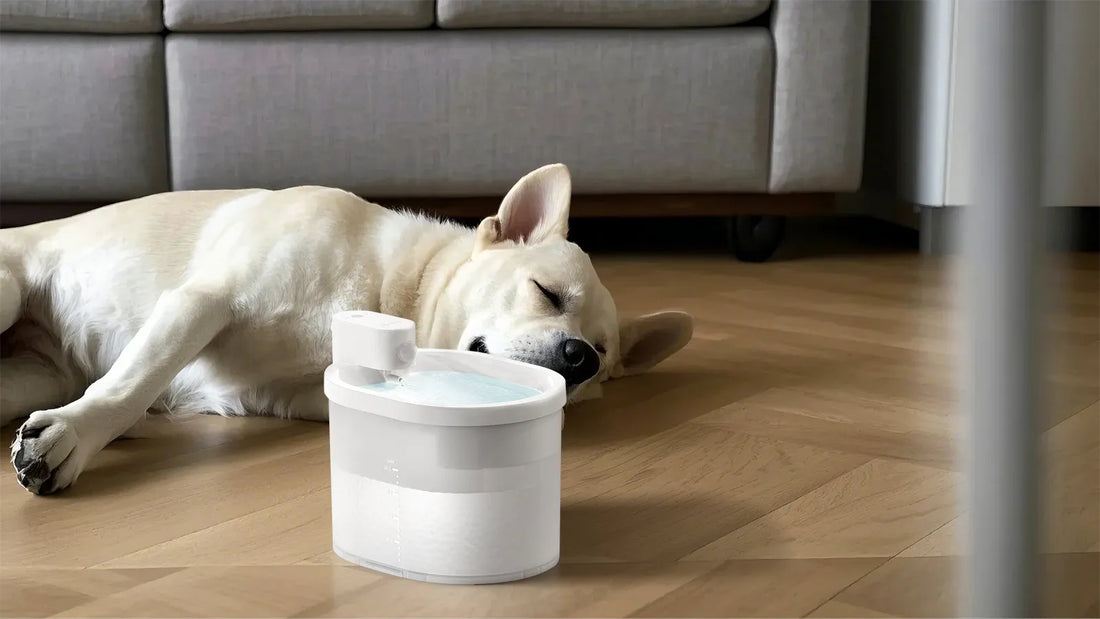When your furry friend gets injured, knowing how to clean a dog wound properly can make all the difference in their recovery. Dogs are naturally curious and active, which often leads to cuts, scrapes, or more serious injuries. Cleaning a wound promptly and correctly is crucial to prevent infections and ensure a smooth healing process. This guide will walk you through the essential steps to clean a dog wound effectively.
Assess the Wound
Before you start cleaning, it's important to assess the severity of the wound. Minor cuts and scrapes can usually be treated at home, but deeper or more serious injuries may require veterinary attention. Look for signs of excessive bleeding, swelling, or foreign objects lodged in the wound. If the injury appears severe, contact your veterinarian immediately.
Gather Your Supplies
Having the right supplies on hand is essential for cleaning a dog wound. You'll need clean gloves, sterile saline solution, mild antiseptic, clean gauze or cloth, and a towel. Avoid using hydrogen peroxide or alcohol, as these can damage healthy tissue and delay healing.
Restrain Your Dog Safely
Cleaning a wound can be uncomfortable for your dog, so it's important to restrain them gently but securely. Use a leash or have someone hold them to prevent sudden movements. Speak calmly and offer treats to keep them relaxed.
Clean the Wound
Start by gently flushing the wound with sterile saline solution to remove dirt and debris. Use clean gauze or cloth to pat the area dry. Apply a mild antiseptic to disinfect the wound, but avoid over-saturating it. Be gentle to avoid causing further pain or irritation.
Monitor for Infection
After cleaning, keep a close eye on the wound for signs of infection, such as redness, swelling, or discharge. If you notice any of these symptoms, consult your veterinarian. Regularly clean the wound as it heals to prevent complications.
Prevent Licking and Scratching
Dogs often try to lick or scratch their wounds, which can introduce bacteria and delay healing. Use an Elizabethan collar or protective bandage to prevent this behavior. Ensure the bandage is not too tight and change it regularly.
Follow Up with Your Veterinarian
If the wound doesn't show signs of improvement within a few days, or if your dog seems lethargic or in pain, seek veterinary care. Your vet may prescribe antibiotics or recommend additional treatments to aid healing.
By following these steps, you can ensure your dog's wound heals properly and avoid potential complications. Remember, prompt and proper care is key to keeping your furry friend healthy and happy.













